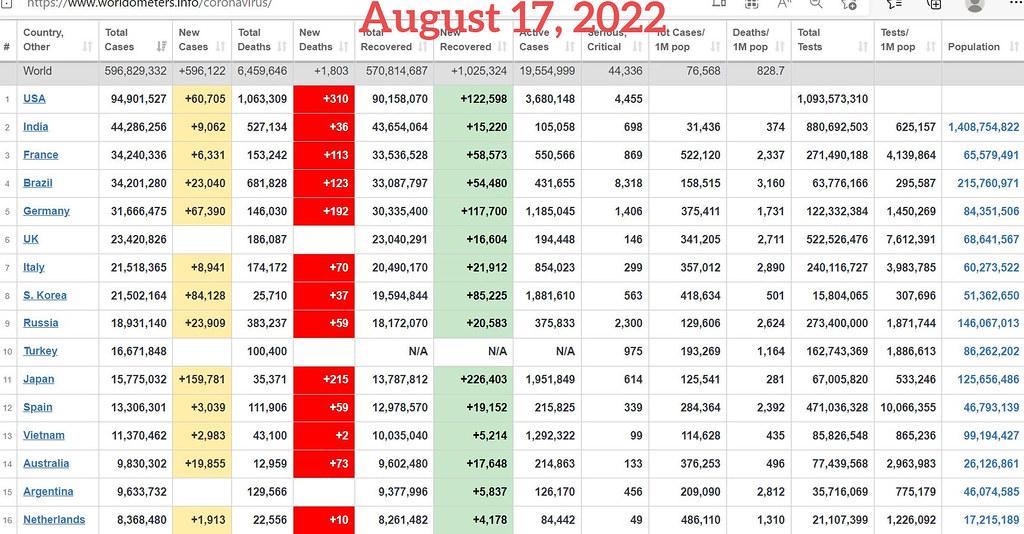In the bustling world of insurance, where policies and premiums swirl like leaves in an autumn breeze, the idea of switching providers can seem both exciting and daunting. It’s a bit like changing lanes on a busy highway—you might find a smoother ride or end up stuck in traffic. But what does this frequent lane-changing do to your premiums? Are you saving money, or could you be unknowingly driving up costs? Join us on this journey as we navigate the ins and outs of frequently switching insurance providers, exploring whether this practice is a savvy move or a hidden detour on the road to financial peace of mind. Buckle up and let’s discover the impact of this insurance tango on your wallet!
The Ups and Downs of Insurance Hopping
Switching insurance providers can feel like a rollercoaster ride, full of thrilling highs and unexpected lows. On one hand, the quest for a better deal can lead to delightful discoveries such as lower premiums and enhanced coverage. You might stumble upon enticing offers like:
- Discounts for bundling multiple policies
- Special rates for maintaining a clean driving record
- Incentives for signing up online
However, the frequent switch can sometimes backfire. Insurers might view habitual changers as higher risks, potentially resulting in increased premiums over time. It’s crucial to weigh the pros and cons and consider the following before making the leap:
- Check for any hidden fees or penalties for early cancellation
- Ensure continuity of coverage to avoid any gaps
- Evaluate the reputation and customer service of the new provider
Balancing these factors can help you ride the waves of insurance hopping with confidence and ease, ensuring that your quest for the perfect policy doesn’t leave you feeling dizzy.

Decoding the Impact on Your Premiums
When you make the decision to switch insurance providers, understanding how it affects your premiums can be crucial. Frequent switching might seem like a savvy move to snag better deals, but it can have unintended consequences on your insurance costs. Each time you switch, insurers evaluate your risk profile anew, and a pattern of frequent changes might flag you as a higher risk customer. This could potentially lead to higher premiums, as insurance companies often prefer customers who demonstrate loyalty and stability.
There are several factors insurers consider when assessing your premiums:
- Continuity of Coverage: Gaps in your insurance history can raise red flags, suggesting a lapse in responsibility.
- Claims History: A history of frequent claims, coupled with switching providers, might indicate higher risk.
- Discounts and Loyalty Rewards: Sticking with one provider can sometimes offer perks like loyalty discounts, which you might miss out on by frequently switching.
While the allure of lower premiums is tempting, it’s essential to weigh the potential drawbacks. A balanced approach, such as reviewing your policy annually rather than jumping ship at every renewal, could be more beneficial in the long run.

How to Make Smart Switches Without Breaking the Bank
When it comes to insurance, making smart switches can be a game-changer for your finances. However, frequent switching doesn’t have to mean an empty wallet. Here’s how you can make savvy decisions without overspending:
- Research Before You Leap: Always compare the terms, conditions, and coverage limits. Use online comparison tools to evaluate different providers, and check customer reviews to gauge their reputation.
- Leverage Discounts: Many insurers offer discounts for bundling policies or maintaining a clean driving record. Always ask about available discounts and see if you qualify for any.
- Stay Informed: Keep an eye on the insurance market trends and new policies. Sometimes, being informed about the latest offerings can help you snag a better deal without switching too often.
- Consider Long-term Benefits: Some providers offer loyalty benefits or no-claim bonuses. Weigh these against the short-term savings of switching to ensure you’re making a financially sound decision.
By keeping these tips in mind, you can navigate the world of insurance with confidence and find a balance between cost-effectiveness and comprehensive coverage.

Expert Tips for a Seamless Transition
Switching insurance providers can be a smart move, but it’s essential to approach the transition with a strategy to ensure your premiums don’t skyrocket. Here are some expert tips to guide you:
- Research and Compare: Use comparison tools to evaluate the offerings from different providers. Look for policies that offer the same or better coverage for a competitive price.
- Maintain Continuous Coverage: Gaps in your insurance coverage can be a red flag for insurers, potentially leading to higher premiums. Always ensure that your new policy is active before canceling the old one.
- Leverage Loyalty Discounts: While switching can save money, some insurers offer loyalty discounts. Weigh these against potential savings from a new provider to see which option benefits you more.
- Understand the Fees: Some providers charge cancellation fees or other hidden costs. Read the fine print to avoid any unpleasant surprises that could offset your savings.
By following these guidelines, you can navigate the process with confidence and potentially keep your premiums in check.

